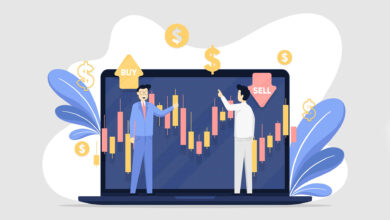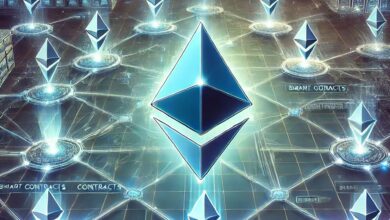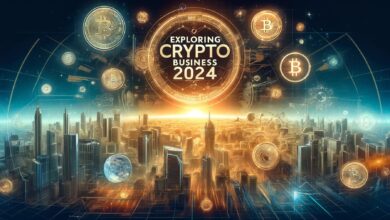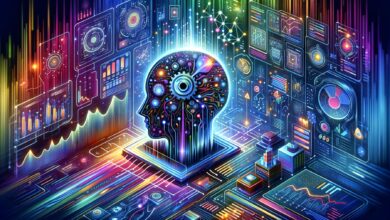Understanding NFTs The Next Evolution in Digital Assets
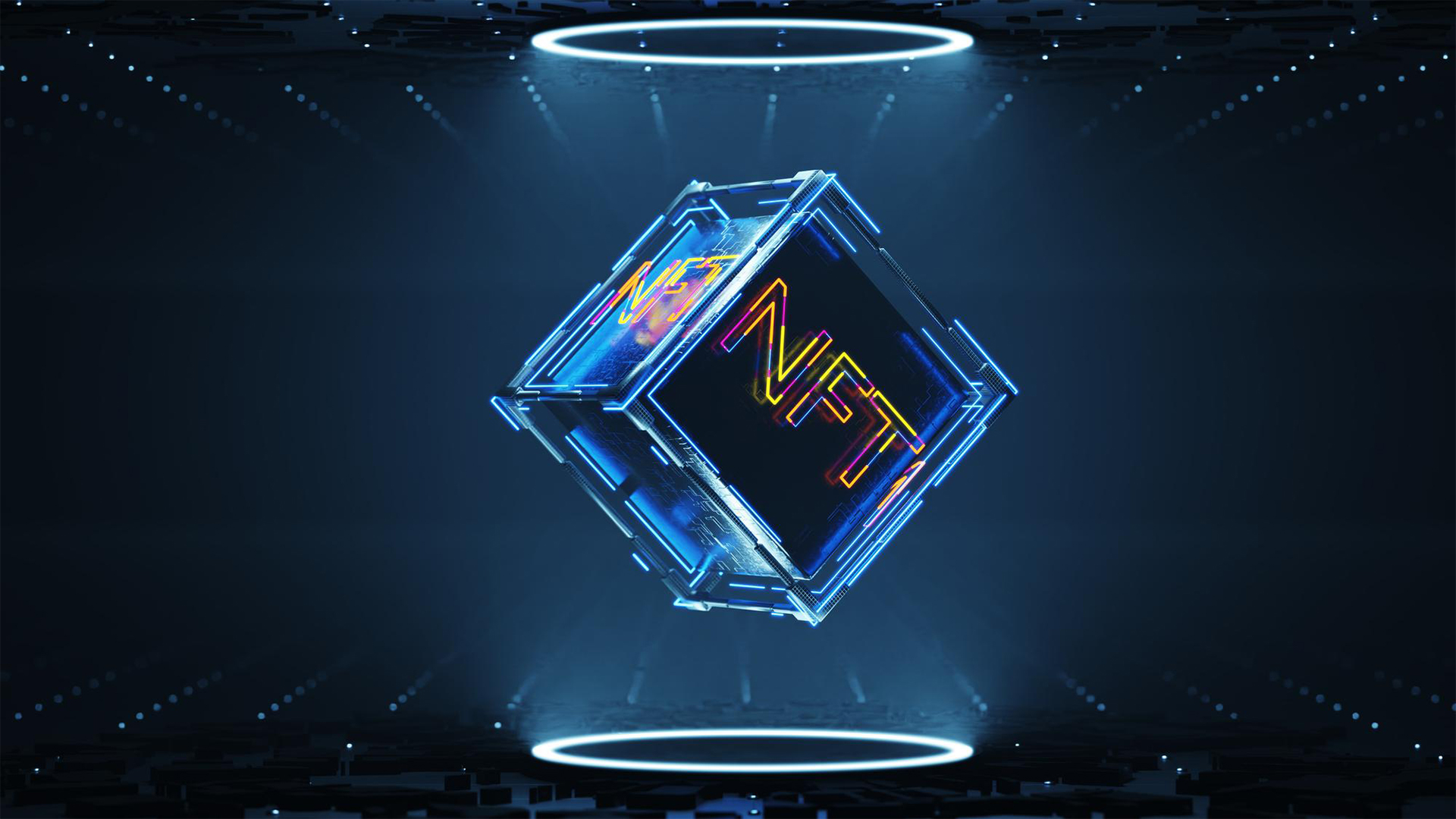
What is NFT? Non-Fungible Tokens (NFTs) have emerged as a groundbreaking innovation in the world of digital assets. Unlike cryptocurrencies such as Bitcoin or Ethereum, which are interchangeable and have equal value, NFTs represent unique digital items or collectibles that can be bought, sold, and owned. From digital art and music to virtual real estate and virtual goods in video games, NFTs have opened up new possibilities for creators and collectors alike. In this article at Forvest’s Blog, we will delve into the concept of NFTs, explore their underlying technology, examine their benefits and use cases, and discuss the challenges and future prospects of this exciting digital phenomenon.
What are NFTs?
NFTs, or Non-Fungible Tokens, are unique digital assets that are stored on a blockchain, typically on platforms like Ethereum. Unlike cryptocurrencies such as Bitcoin or Ethereum, which are fungible and can be exchanged on a one-to-one basis, NFTs are indivisible and cannot be exchanged on a like-for-like basis. Each NFT possesses distinct properties and attributes that set it apart from others.
NFTs have gained significant popularity for their ability to represent ownership and provenance of digital items, including artwork, music, videos, virtual real estate, and more. These digital assets are authenticated using blockchain technology, which ensures transparency, immutability, and scarcity. The ownership and transaction history of NFTs are recorded on the blockchain, providing a verifiable and tamper-proof record of their existence and transfer.
One of the key features of NFTs is their ability to empower creators and artists by allowing them to monetize their digital creations directly. NFTs enable artists to sell their artwork or other digital assets directly to collectors without the need for intermediaries, such as galleries or auction houses. Additionally, NFTs provide collectors with unique and exclusive ownership of digital items, often accompanied by special privileges or access.
While the concept of NFTs has garnered considerable attention and enthusiasm, it has also sparked debates around environmental concerns, high transaction costs, and the potential for fraud or copyright infringement. Nonetheless, NFTs have opened up new avenues for digital ownership, creativity, and investment, transforming the way we perceive and interact with digital assets.
How do NFTs work?
NFTs work by leveraging blockchain technology to establish ownership and uniqueness of digital assets. Each NFT is created as a distinct token on a blockchain, typically using smart contracts. These smart contracts contain specific information about the asset, such as its metadata, ownership details, and transaction history. The blockchain serves as a decentralized ledger that records and verifies every transaction involving the NFT, ensuring transparency and immutability.
When an NFT is bought or sold, the ownership of the token is transferred from one address to another on the blockchain. This transaction is publicly visible and permanently recorded, allowing anyone to verify the ownership history of the NFT. The unique characteristics and scarcity of NFTs make them valuable to collectors and enthusiasts, who can prove their ownership and authenticity through the blockchain records.
The underlying blockchain, often Ethereum, provides the infrastructure for creating, storing, and trading NFTs. However, other blockchains and platforms have also emerged to support NFTs, each with its own set of features and capabilities. The interoperability and standardization of NFTs across different platforms are ongoing challenges but are being addressed through initiatives and protocols like ERC-721 and ERC-1155, which define standards for creating and exchanging NFTs on the Ethereum blockchain.
The Benefits of NFTs
NFTs offer several benefits that have contributed to their popularity and widespread adoption. Firstly, NFTs provide a new way for artists, creators, and content creators to monetize their work in the digital realm. By tokenizing their creations as NFTs, they can retain ownership, receive royalties from secondary sales, and engage directly with their audience.
Additionally, NFTs enable provable scarcity and authenticity in the digital world. Through the use of blockchain technology, the uniqueness and ownership of NFTs can be easily verified, providing a level of trust and security that was previously challenging to achieve.
Furthermore, NFTs have opened up new avenues for collectors and investors. The digital nature of NFTs allows for seamless trading and ownership transfer, eliminating intermediaries and reducing transaction costs. Collectors can acquire and showcase their digital assets in virtual environments, creating unique and immersive experiences.
NFTs have also found applications beyond art and collectibles, with industries such as gaming, music, and real estate exploring their potential. From in-game items and virtual land to tokenized music albums and property rights, NFTs are revolutionizing traditional business models and creating novel opportunities for creators and consumers alike.
Exploring Use Cases of NFTs
NFTs have expanded beyond the realm of art and collectibles, finding use cases in various industries and sectors. Here are some notable examples:
- Gaming: NFTs have revolutionized the gaming industry by enabling players to own and trade in-game assets. These assets can range from virtual weapons and characters to rare items and skins. NFTs provide true ownership and interoperability, allowing players to transfer their assets across different games or platforms. This introduces a new level of value and investment potential within the gaming ecosystem.
- Music: NFTs are transforming the music industry by offering artists new ways to distribute and monetize their music. Musicians can tokenize their albums or tracks as NFTs, allowing fans to purchase and own exclusive digital copies. NFTs provide artists with direct revenue streams and the ability to retain more control over their work. They also enable fans to support their favorite artists and gain unique perks or experiences tied to the NFT ownership.
- Virtual Real Estate: NFTs have paved the way for the tokenization of virtual land and property in virtual reality (VR) and metaverse environments. Users can buy, sell, and develop virtual real estate using NFTs, creating vibrant and immersive digital worlds. This has implications for gaming, social experiences, and even virtual commerce, as businesses can establish a presence in these virtual spaces.
- Identity and Certification: NFTs can be used to verify and certify digital identities, degrees, licenses, and other credentials. By issuing NFTs that represent these credentials, individuals can have secure and tamper-proof digital proof of their qualifications. This has applications in areas such as job recruitment, educational institutions, and professional certifications.
- Collectibles and Fan Engagement: NFTs have revitalized the concept of collectibles, allowing fans to own unique digital memorabilia tied to their favorite sports teams, celebrities, or franchises. These digital collectibles can unlock special perks, access exclusive content, or provide memorable experiences for fans. NFTs enhance fan engagement and create new revenue streams for content creators.
As the concept of NFTs continues to evolve, innovative use cases will continue to emerge, further expanding the potential applications and benefits across various industries.
Challenges and Considerations with NFTs
While NFTs have gained significant attention and adoption, there are several challenges and considerations that need to be addressed:

- Scalability and Environmental Impact: NFTs, particularly those built on blockchain platforms like Ethereum, have faced challenges with scalability and high transaction fees. Additionally, the energy consumption associated with blockchain technology has raised concerns about the environmental impact of NFTs. As the popularity of NFTs grows, finding sustainable and efficient solutions becomes crucial.
- Copyright Infringement and Intellectual Property: NFTs have introduced new complexities in the realm of copyright and intellectual property rights. While NFTs provide proof of ownership for digital assets, they do not inherently verify the authenticity or originality of the underlying content. This has led to instances of unauthorized NFTs being minted and sold, raising questions about legal frameworks and the protection of artists’ rights.
- Market Volatility and Speculation: The NFT market has experienced significant volatility and speculation, with prices of certain NFTs soaring to extraordinary levels and then experiencing rapid declines. This speculative nature raises concerns about the long-term value and stability of NFT investments. Investors and collectors need to carefully assess the underlying value and utility of NFTs before making significant financial commitments.
- Technological and User Adoption Barriers: NFTs rely on blockchain technology, which can be complex for the average user to navigate. Wallet management, transaction processes, and gas fees pose challenges for newcomers to the NFT space. Improving user experience, simplifying processes, and addressing technical barriers are crucial for broader adoption and inclusivity.
- Cultural and Societal Impact: As NFTs become more prevalent, there are broader questions about the impact on culture and society. The commodification of digital art and the potential exclusion of certain artists or communities from participating in the NFT ecosystem have sparked debates. Balancing accessibility, inclusivity, and cultural preservation becomes essential to ensure the positive impact of NFTs.
Addressing these challenges requires collaboration between artists, collectors, platforms, and regulators. Building sustainable blockchain infrastructure, implementing robust verification mechanisms, promoting responsible market practices, and fostering a supportive and inclusive NFT ecosystem are key considerations moving forward. NFTs have immense potential, but navigating these challenges will be crucial to harness their benefits while mitigating risks.
The Future of NFTs
The future of NFTs holds tremendous possibilities and potential for innovation across various industries. Here are some key aspects that can shape the future of NFTs:
- Integration with Real-World Assets: NFTs have primarily focused on digital art and collectibles, but their application can extend to real-world assets such as real estate, luxury goods, and intellectual property. By tokenizing physical assets, NFTs can enable fractional ownership, transparent provenance, and seamless transfer of ownership, unlocking new opportunities for asset management and trading.
- Enhanced Utility and Interoperability: NFTs can evolve beyond static digital assets and incorporate dynamic features, such as interactive elements or access to exclusive content or experiences. Additionally, improving interoperability between different blockchain networks can enhance the liquidity and fungibility of NFTs, enabling users to seamlessly transfer assets across platforms.
- Gamification and Virtual Worlds: NFTs can revolutionize the gaming industry by providing players with true ownership of in-game assets and enabling cross-platform trading. Virtual worlds and metaverses can thrive on NFTs, allowing users to buy, sell, and trade virtual land, items, and experiences, fostering vibrant digital economies.
- Tokenized Financial Instruments: NFTs can be leveraged to create tokenized financial instruments, such as digital bonds, derivatives, or investment products. This opens up opportunities for fractional ownership, liquidity, and innovative financial models, democratizing access to investment opportunities and expanding the scope of decentralized finance (DeFi).
- Social Impact and Authenticity: NFTs have the potential to empower creators and support social impact initiatives. Artists can directly monetize their work, establish royalty mechanisms, and engage with their audience. NFTs can also address concerns related to authenticity and provenance, ensuring that artists receive appropriate recognition and compensation for their creations.
To achieve this future, collaboration between artists, developers, technologists, and regulators will be crucial. Scalability solutions, sustainable blockchain infrastructure, and user-friendly experiences will drive broader adoption. Education and awareness about NFTs’ potential and responsible practices will play a significant role in shaping a sustainable and inclusive NFT ecosystem.
As NFTs continue to evolve, they hold the promise of transforming the way we create, own, and exchange value in the digital realm. The future of NFTs is exciting, and it will be fascinating to witness the innovative applications and positive impact they can bring to our digital and physical worlds.
Conclusion
In conclusion, NFTs have emerged as a groundbreaking technology that revolutionizes ownership, provenance, and value exchange in the digital space. With their unique properties and capabilities, NFTs have captured the attention of artists, collectors, investors, and businesses worldwide. As the NFT ecosystem continues to evolve, it is crucial to stay informed and navigate the market effectively.
Platforms like Forvest are at the forefront of this movement, providing valuable tools and resources to understand, analyze, and make informed decisions within the NFT market. Their NFT analytics tool offers insights into market trends, asset performance, and investment opportunities, empowering users to optimize their strategies and maximize their potential returns. By leveraging these tools, individuals and businesses can navigate the dynamic landscape of NFTs with confidence and make informed decisions based on data-driven insights.
As NFTs gain more mainstream adoption, it is essential to consider the long-term implications, such as scalability, sustainability, and regulatory frameworks. By addressing these challenges and embracing responsible practices, we can unlock the full potential of NFTs and shape a vibrant and inclusive digital economy for creators, collectors, and enthusiasts alike. The journey of NFTs has only just begun, and with the support of platforms like Forvest and the continuous innovation within the industry, the future holds exciting possibilities for the NFT ecosystem.
Rating of this post
Rate
If you enjoyed this article, please rate it.
